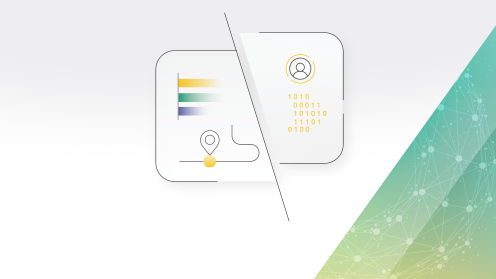Setting the stage for Integrated Transportation Management
Integrated Transportation Management (ITM) has emerged as a crucial aspect for organizations seeking to gain a competitive edge. Savvy managers now leverage state-of-the-art technology as a unique opportunity in their ITM initiatives to establish innovative transportation service arrangements and ensure they stay ahead of their rivals.
Integrated Transportation Management explained
Integrated Transportation Management empowers companies to gain precise visibility into their transportation execution across different modes and categories. This helps them to understand where hidden costs lie and to subsequently identify the appropriate measurements and interventions to better control costs, as well as enhance customer service.
This kind of visibility and control over costs enables them to adapt swiftly to marketplace changes that drive demand fluctuations and supply chain disruptions.
Companies that adopt ITM achieve significant savings in two primary ways:
-
Firstly by improving overall network performance, leading to a reduction of more than 15% in freight expenses;
-
Secondly by aggregating and eliminating unnecessary freight movements, resulting in a transportation cost reduction of 10-15%.
When executed effectively, ITM unlocks savings that can be reinvested in growth initiatives, improved customer service, and risk mitigation. Mastering ITM provides a distinct competitive advantage in industries where logistics efficiency is paramount.
Three components driving your ITM control
To deploy end-to-end control on transportation performance, companies typically deploy and integrate three types of systems:











